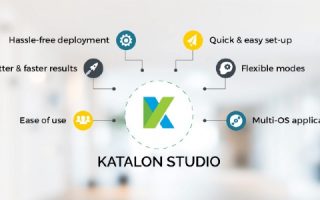To calculate the potential productivity savings, we first examine what a business might gain by eliminating some of the day-to-day inefficiencies caused by poor knowledge sharing. These are presented as the 3 options whose values are derived from a comprehensive research study undertaken by www.panopto.com
We first multiply the size of your business or project teams’ workforce by its average hourly rate to find the total cost for one hour of work.
Then we multiply by the number of inefficient hours spent at the business or project team. Employees spend around 5 hours waiting for information, 6 hours duplicating efforts, and 8.5 working inefficiently in other ways. We expect some of those hours will overlap. For example, a worker may spend one hour both waiting for information and duplicating efforts, and we want to be conservative with our calculation. So instead of adding all those hours together, we’ll only use the smallest number, 5.31 hours per week waiting for other people to provide information, and we’ll multiply it by 52 to make our Hours per Week calculation into an annual total.
Finally, we include two multipliers to account for user behaviour. First, since it’s not realistic to proactively share all knowledge, we have been conservative and say that only about one-quarter of the average business or teams’ unique knowledge could be proactively documented and shared. This is our Utilisation Rate.
Secondly, since no business or project teams’ initiative or process ever has 100 percent adoption, we’ve included an estimated Adoption Rate. We have used a rate of 74 percent of employees who would use a digital platform-based knowledge sharing system, if it were available.







